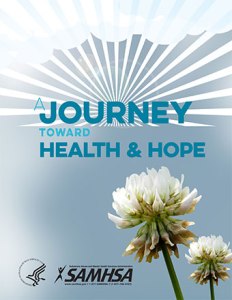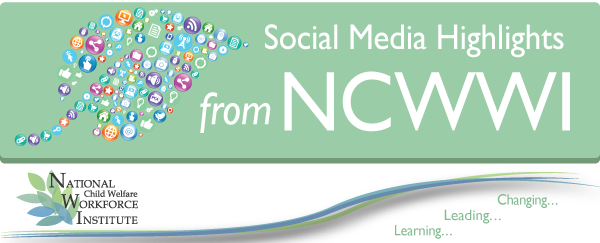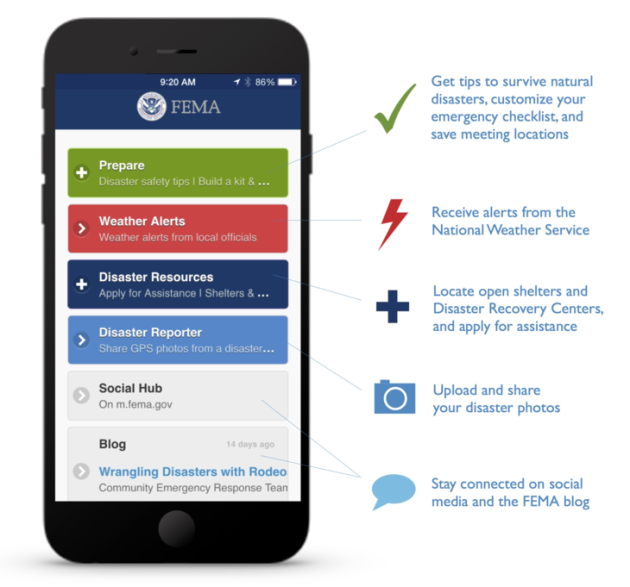
Resources for Child Welfare and Education Professionals
It’s that time of year again. Children, youth, teachers, and staff are heading back to school. Since educators-including teachers, administrators, counselors, and other school personnel-are in close contact with children and families, they are in a unique position to support at-risk children and families and play a role in preventing, identifying, and reporting suspected child abuse and neglect. That is why we developed the factsheet What Is Child Welfare? A Guide for Educators.
The guide provides an overview of child welfare, describes how educators and child welfare workers can help each other, and lists resources for more information. This factsheet is just one in our What Is Child Welfare? series, which provides an overview of the field of child welfare and suggests ways that related professionals and child welfare workers can partner to promote better outcomes for children and families involved with child welfare. Check out other factsheets for health-care, behavioral/mental health, disaster preparedness/responseprofessionals.
If you’re interested in Children’s Bureau work that focuses on the intersection of child welfare and education, check out our synthesis of Bureau-funded projects that aim to support collaborative initiatives between child welfare and early childhood systems. These collaborations maximize enrollment, attendance, and supports for infants and young children in foster care to make the most of high-quality early care and education programs.






